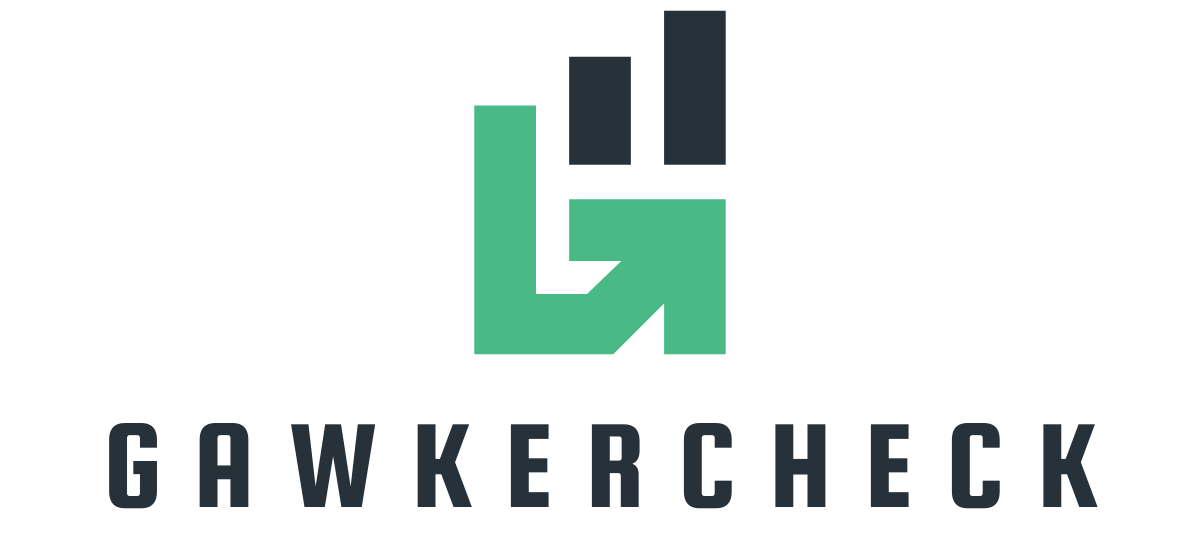In a world where emojis reign supreme and text messages often leave us deciphering hieroglyphics, mastering language engagement is more crucial than ever. Whether it’s for a business meeting or a casual chat, effective communication can make or break a connection. But fear not! Sprinkling some fun into your language skills can turn even the most mundane conversations into engaging dialogues.
Table of Contents
ToggleUnderstanding Language Engagement
Language engagement involves actively participating in communication to create meaningful interactions. Mastering this concept requires attention to both verbal and non-verbal cues. Maintaining clarity remains essential; mixed signals can confuse listeners, particularly in professional settings.
Incorporating fun elements enhances engagement. For instance, using relatable anecdotes or humor can make conversations enjoyable. This approach resonates well with audiences, encouraging them to share their thoughts and experiences.
Active listening is another crucial component. Demonstrating interest in others’ conversations fosters a sense of connection. Repeating key points or asking open-ended questions can deepen discussions. Engaging in this way shows attentiveness and respects the speaker’s viewpoint.
Using varied vocabulary is important for sustaining interest. Simple language can work, but mixing in diverse terms can spice up dialogue. This variety keeps the conversation lively, allowing participants to express themselves more fully.
Effective emoji usage can also contribute to engagement. Using emojis appropriately can convey tone and emotion, providing additional context that words alone may not express. This modern tool strengthens interactions, particularly in text-based communication.
Practicing these techniques regularly develops stronger language skills. Setting aside time daily for conversations or writing exercises builds confidence and fluency. Consistent practice reinforces understanding and facilitates smoother exchanges in various contexts.
Effective Language Engagement Tips

Effective language engagement enhances communication by making it interactive and enjoyable. Here are several actionable tips.
Tip 1: Use Interactive Activities
Interactive activities foster language skills in a dynamic environment. Engaging in games like word puzzles or role-playing scenarios encourages participation. Group discussions can spark collaboration, allowing individuals to practice language skills together. Workshops that include activities such as debates or storytelling sessions offer practical applications. Each interaction creates opportunities for learners to experiment with new vocabulary and phrases.
Tip 2: Incorporate Multimedia Resources
Multimedia resources provide diverse ways to engage with language. Videos offer visual context, helping learners understand tone and expression. Podcasts can improve listening skills while exposing individuals to various accents and dialects. Infographics combine text and visuals, presenting complex ideas clearly. Incorporating quizzes or interactive apps can reinforce learning and track progress. Varying the format keeps participants interested and motivated.
Tip 3: Encourage Conversation
Encouraging conversation creates more natural dialogue. Open-ended questions stimulate thoughtful responses, prompting deeper discussions. Inviting feedback helps individuals feel valued and boosts confidence. Small group discussions promote sharing ideas in a comfortable setting. Regularly practicing conversational skills can build fluency and comfort in various contexts. Each conversation serves as a chance for participants to refine their abilities in real-time.
Overcoming Language Barriers
Overcoming language barriers requires targeted strategies and supportive environments. Effective communication is crucial for diverse learners.
Strategies for Diverse Learners
Incorporating visual aids enhances comprehension for learners from various backgrounds. Using terminology that aligns with student experiences fosters engagement. Offering bilingual resources ensures inclusivity and accessibility. Creating small group settings encourages peer interaction and experimentation with language. These strategies cater to different learning styles, making it easier for everyone to contribute.
Building Confidence in Communication
Building confidence starts with creating a safe space for dialogue. Encouraging practice through role-play or simulation helps learners feel more at ease. Providing constructive feedback strengthens skills while promoting improvement. Celebrating small achievements boosts morale and motivates continued effort. Regularly incorporating praise reinforces positive behaviors in communication, allowing individuals to engage freely.
Tracking Progress in Language Engagement
Tracking progress in language engagement involves consistent evaluation of conversational skills. Regular self-assessment helps identify strengths and areas for improvement. Set specific goals, such as expanding vocabulary or enhancing active listening abilities, to guide progress.
Utilizing language journals allows individuals to reflect on daily interactions. Writing about conversations can reveal patterns and facilitate growth. Observing feedback from peers creates opportunities for constructive criticism, highlighting effective communication techniques.
Engaging in group discussions promotes accountability. Participating actively in these interactions encourages individuals to track their contributions. Engaging with multimedia resources, such as podcasts or videos, can also enhance understanding of language nuances and track comprehension levels.
Using metrics, like frequency of vocabulary use or the variety of sentence structures, quantifies progress. Setting benchmarks at regular intervals supports motivation and provides a clear measure of improvement. Recording successes and challenges offers insights into one’s development journey, emphasizing consistent efforts.
Integrating technology, such as language learning apps, can facilitate tracking. Many of these tools provide analytics that show improvement over time, enhancing user experience. Engaging in language exchange platforms fosters real-world practice while allowing users to monitor their conversational development.
Celebrating milestones along the way boosts motivation. Acknowledging progress, no matter how small, reinforces commitment to language engagement. Each step taken in improving communication skills enhances overall success in meaningful interactions.
Conclusion
Mastering language engagement is essential for fostering meaningful interactions in both personal and professional settings. By actively participating in conversations and paying attention to verbal and non-verbal cues, individuals can enhance their communication skills. Incorporating humor and relatable anecdotes adds a layer of enjoyment that encourages engagement from others.
Utilizing varied vocabulary and effective emoji usage can also contribute to clearer and more dynamic exchanges. Regular practice through interactive activities and multimedia resources not only builds confidence but also refines conversational abilities.
Tracking progress and celebrating achievements ensures continuous improvement. With the right strategies in place, anyone can elevate their language skills and create impactful connections that resonate in every conversation.





